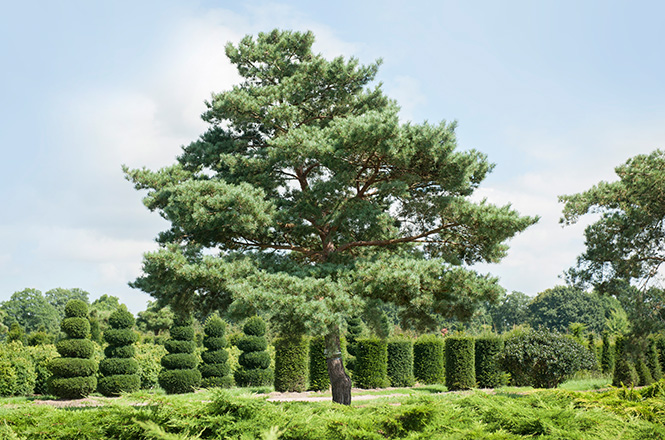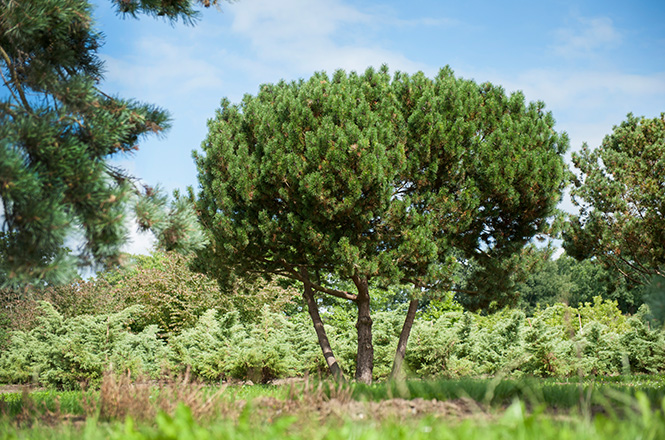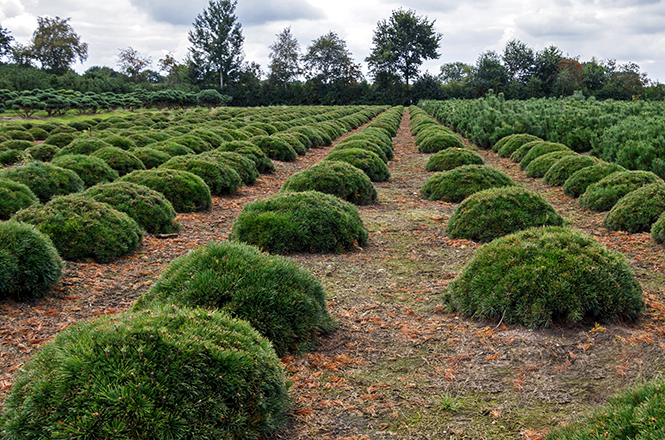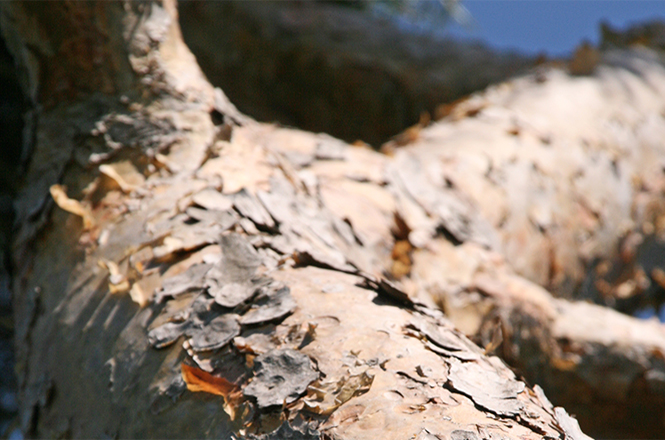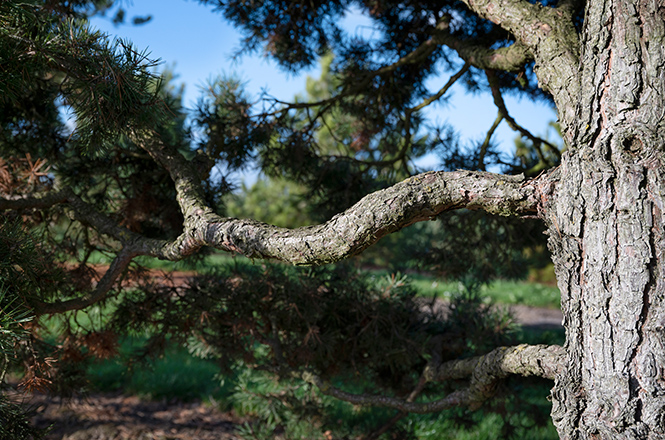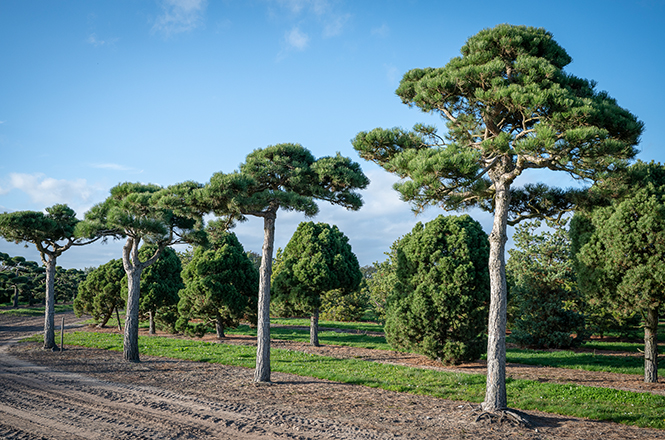
EVERGREEN - STRONG 24/7
EXAMPLES OF BEAUTIFUL CONIFERS
Are you also enthusiastic about coniferous trees? Pines, spruces, firs and larches? Not for those from economically oriented forestry, but for the individual, particularly grown ones from our neighborhoods in Hamburg and Bad Zwischenahn. We present some species and varieties of these specimens to you here.
These trees are particularly well known from Nordic latitudes and Alpine altitudes. Incidentally, a Greek god was the inspiration for the term 'Boreal coniferous forest', from which the trees originally come: Βορέας Boréas - 'the northern one', the god of the north wind.
This refers to the forests of the cold temperate climate zone, which are characterized by only four genera of coniferous wood worldwide - pine, spruce, fir and larch.
There are a variety of cultivars.
Here are some examples:
• Picea omorika in varieties - Serbian spruce
• Picea pungens - Norway spruce
• Abies nordmanniana - Nordmann fir
• Tsuga canadensis - Canadian hemlock
• Larix decidua - European Larch
• Larix kaempferi - Japanese Larch
• Pinus sylvestris - Scots pine
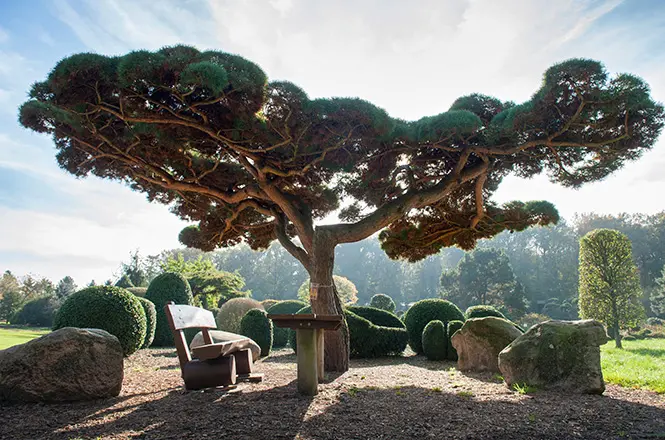
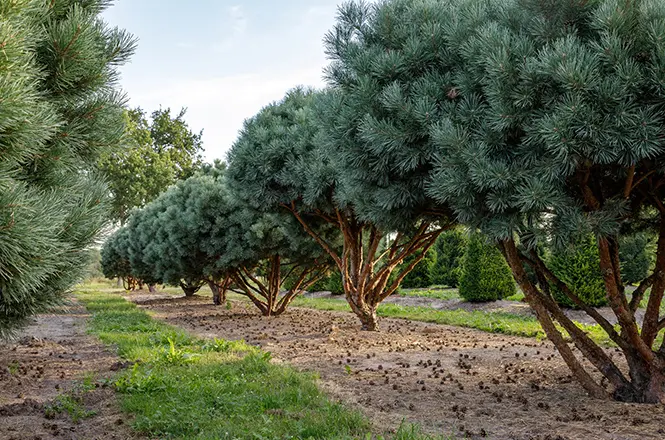
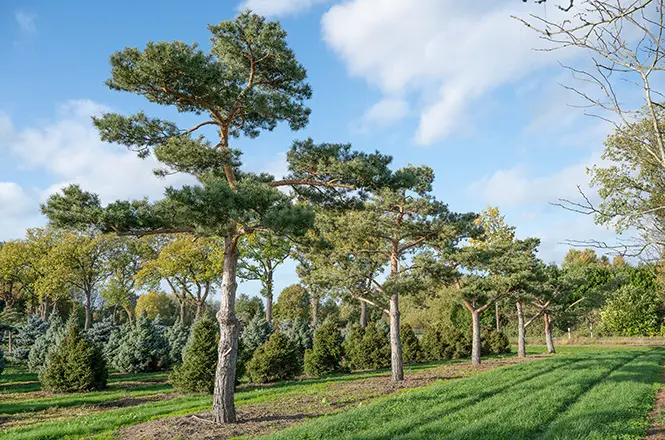

“When we talk about woody plants in the boreal zone, we are not referring to national borders, but to climatic areas and soil conditions.”
Kirsten Cordes, Master nursery gardener, Lorenz von Ehren Nursery
Properties and special features of the location
Picea abies - Common Spruce
If the common spruce stands as a soloist, its picturesque branches often reach down to the ground, i.e. H. It develops very picturesquely, especially when placed alone and therefore does not require any cutting. If it is necessary or desired to trim the tree, it is best to do this in late winter. However, Picea abies does not forgive cuts into old wood - so cut carefully and never into the unneeded area if new growth is to occur in that area.
Since the Norway spruce, with its shallow root system, can easily fall over in a storm, its location should be as sheltered from the wind as possible. The optimal soil for Picea abies should be moist and well-drained. If the soil is too dry, the tree becomes susceptible to pests. The Norway spruce has no demands on the pH value of the soil - it tolerates both acidic, boggy and loamy-calcareous soils.
Picea abies 'Nidiformis'
This dwarf form of Norway spruce (Picea abies) is an attractive and easy-care ornamental plant for the garden. It owes its name to its characteristic growth habit: It forms a rounded, flat to spreading growth with a nest-like depression in the middle. Picea abies 'Nidiformis' reaches a height of 120-130 cm and a growth width of 150-250 cm. It grows very slowly, about 3-8 cm per year.
The nest spruce is a robust and undemanding plant that is suitable for various uses. It can be used as a single position, group planting, grave planting or area greening. It is hardy and tolerates both sun and partial shade. Picea abies 'Nidiformis' prefers fresh to moist, acidic to alkaline, normal garden soil. It does not tolerate salt and should therefore not be planted near the coast.
Picea omorika - Serbian Spruce
This elegant coniferous tree species comes from a small area in the Balkans. The Serbian spruce is characterized by its narrow and straight growth, which can grow up to 30 meters high. Picea omorica is a robust and undemanding plant; it can be used as an individual plant, group planting, privacy screen or hedge planting. It is hardy and tolerates both sun and partial shade. Picea omorica prefers fresh to moist, acidic to alkaline, normal garden soil. It does not tolerate salt and should therefore not be planted near the coast.
The Serbian spruce is a rare plant worth protecting because it is the only spruce species that did not move south during the ice age, but remained in its original habitat. It is therefore a living fossil and a witness to the past.
Picea pungens - Norway Spruce
The Norway spruce is a robust and undemanding plant; it can be used as a solitary plant, group planting, privacy screen or hedge planting. Picea pungens 'Glauca' is hardy and tolerates both sun and partial shade. It prefers fresh to moist, acidic to alkaline, normal garden soil.
Abies nordmanniana - Nordmann Fir
The Nordmann fir has shiny, dark green needles that are soft and long-lasting. They do not fall off even if the tree becomes dry. It grows pyramid-shaped and symmetrically, with widely spreading to drooping branches. Abies nordmanniana can reach a height of up to 25 meters and a width of up to eight meters. In its natural habitat it can grow up to 60 meters high and be 500 years old.
The Nordmann fir does not place high demands on the location. It tolerates both sunny and shady locations as long as it is protected from cold wind and frost.
The Nordmann fir is a versatile plant that can be planted as a solitary tree as well as in groups or hedges.
Tsuga canadensis - Canadian Hemlock
Die Kanadische Hemlocktanne ist eine schöne und robuste Nadelbaumart, die aus Nordamerika stammt. Sie wächst pyramidenförmig und symmetrisch, mit waagerechten bis überhängenden Ästen und kann eine Höhe von bis zu 20 Metern und eine Breite von bis zu acht Metern erreichen. An ihrem Naturstandort kann sie sogar bis zu 60 Meter hoch und über 800 Jahre alt werden. Die Borke ist von einer auffallend roten Farbe, die einen schönen Kontrast zu den Nadeln bildet. Tsuga canadensis ist sehr schattenverträglich und bevorzugt einen kühlen, feuchten und geschützten Standort, der vor kaltem Wind und Frost geschützt ist. Sie verträgt sowohl sonnige als auch halbschattige Lagen. Der Boden muss nährstoffreich, frisch bis feucht und durchlässig sein. Die Kanadische Hemlocktanne ist eine vielseitige Pflanze, die sowohl als Solitärbaum als auch in Gruppen oder Hecken gepflanzt werden kann.
Larix decidua - European Larch
The European larch belongs to the pine family and is the only native conifer that sheds its needles in autumn. They sprout again in spring and give the tree a fresh look. In autumn they turn yellow to orange and form a beautiful contrast to the evergreen conifers.
The European larch can grow up to 40 meters high and be several hundred years old. It grows primarily in the mountainous regions of Europe, where it tolerates cool and wet summers and cold winters. It prefers acidic, nutrient-rich and well-drained soils. It is very light-requiring and cannot tolerate shade. It develops deep taproots that give it good anchoring in the ground.
Larix kaempferi - Japanese Larch
This type of conifer is not only interesting because of its blue-green needles and its golden yellow autumn color, but also because of its tolerance to pruning and its suitability for bonsai.
The Japanese larch comes from the mountain forests of Japan, where it can grow up to 50 meters high. It is also known as Larix leptolepis. It is one of the deciduous conifers, which means that it sheds its needles in autumn and sprouts again in spring. The Japanese larch is a very light tree and requires a bright location. It only thrives with sufficient soil and air moisture. It prefers deep, lime-rich, loamy and well-drained soils. It is frost hardy and can withstand temperatures down to -28°C. It develops deep taproots that give it good stability.
Pinus sylvestris - Scots Pine
The Scots pine is a majestic conifer native to Europe and northern Asia. The Scots pine grows conical and symmetrical, with horizontal to ascending branches. The bark is reddish to gray in color and peels off in sheets as it ages.
The Scots pine produces yellow or red flowers in May, which later develop into brown, egg-shaped cones. The cones grow up to seven centimeters long and hang on the branches.
Pinus sylvestris does not place high demands on the location and tolerates both sunny and shady locations as long as it is protected from cold wind and frost. It prefers sandy, dry and acidic soil that is well drained. It also tolerates salty and nutrient-poor soils.
Pinus mugo - Mountain Pine
The mountain pine is an attractive and easy-care conifer that is native to the mountains of southern and central Europe. Pinus mugo grows conical and symmetrical, with horizontal to ascending branches and can reach a height of up to 25 meters and a width of up to eight meters. In its natural habitat it can grow up to 60 meters high and be 500 years old.
Pinus mugo does not place high demands on the location. It tolerates both sunny and shady locations as long as it is protected from cold wind and frost. It prefers sandy, dry and acidic soil that is well-drained and also tolerates salty and nutrient-poor soils. The mountain pine is a versatile plant that can be planted as a solitary tree as well as in groups or hedges. It is an ideal habitat for birds and other animals.
Pinus mugo 'Mops': A dwarf form that only grows up to one meter high and wide. It has short, dark green needles and small, brown cones. It is well suited for rock gardens, pots or bonsai.
Pinus mugo 'Pumilio': A conical shape that grows up to three meters high and wide. It has long, dark green needles and large, brown cones. It is well suited for hedges, solitary plantings or containers.
Pinus mugo 'Wintergold': A spherical shape that grows up to two meters high and wide. It has long, green needles that turn golden yellow in winter. It is well suited for hedges, solitary plantings or containers.
Pinus cembra - Zwirl Pine
The Zwirl pine is an elegant and robust coniferous tree species, it grows conical and symmetrical, with horizontal to ascending branches and can reach a height of up to 25 meters and a width of up to eight meters. In its natural habitat it can grow up to 60 meters high and be over 1000 years old. The bark is reddish to gray in color and peels off in sheets as it ages. Pinus cembra does not place high demands on the location and tolerates both sunny and shady locations as long as it is protected from cold wind and frost. Pinus cembra prefers sandy, dry and acidic soil that is well-drained, but also tolerates salty and nutrient-poor soils.
Our unique specimens
You will find particularly beautiful specimens among our unique specimens, our uniquely beautiful, remarkable woody plants.
You are also welcome to take a look at our unique specimens:
Did you know?
All pines have minimal requirements in terms of soil and climatic conditions. This makes them almost predestined for poor sandy soils or extreme climatic conditions. However, the soil must not be wet. They have no objection to strong winds, as they are well anchored in the soil with their deep taproots and numerous secondary roots.
Please have a look at our genus page Pinus>.
Take a look at the conifers from the Lorenz von Ehren nursery!
FAQ - Frequently asked questions
Where are boreal coniferous forests located?
Boreal coniferous forests are located in Eurasia and North America. At around 1.4 billion hectares, they are the largest contiguous forest complex on earth and the most economically important forest region.
What are the characteristic genera?
The various forms of boreal forests are characterised by relatively uniform coniferous forest areas, which are dominated by four coniferous species: Spruces, pines, firs and larches. Their growth pattern becomes increasingly slender towards the north.
What sub-zero temperatures can spruces, pines, firs and larches withstand?
Most conifers can withstand temperatures down to -40 °C.
Can boreal trees cope with climate change?
Scots pine and European larch, silver fir and spruce can cope with climate change in decreasing order.

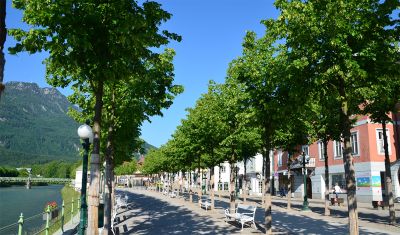
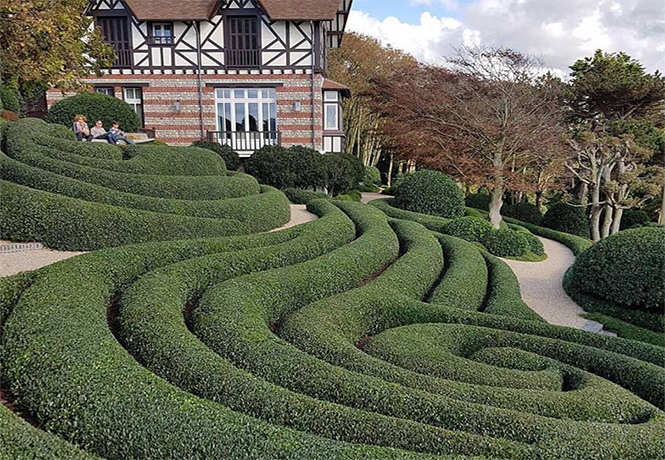
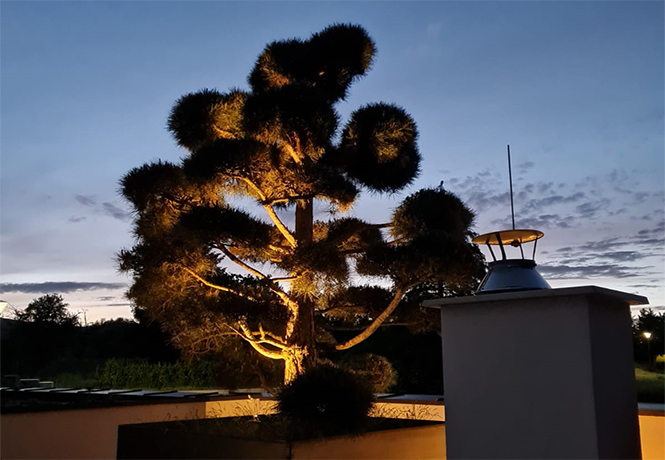
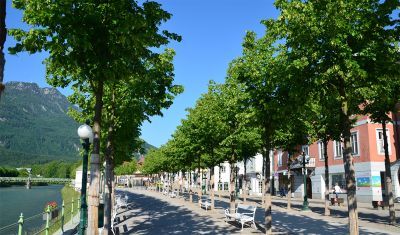

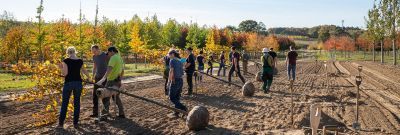
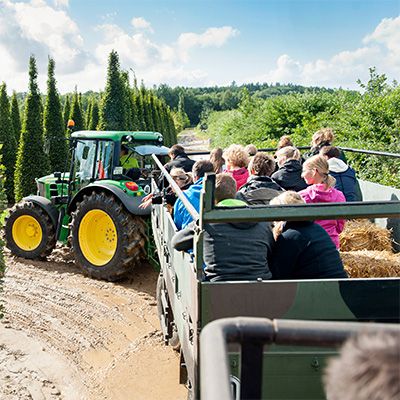
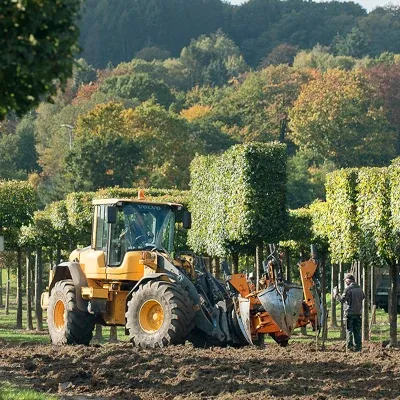
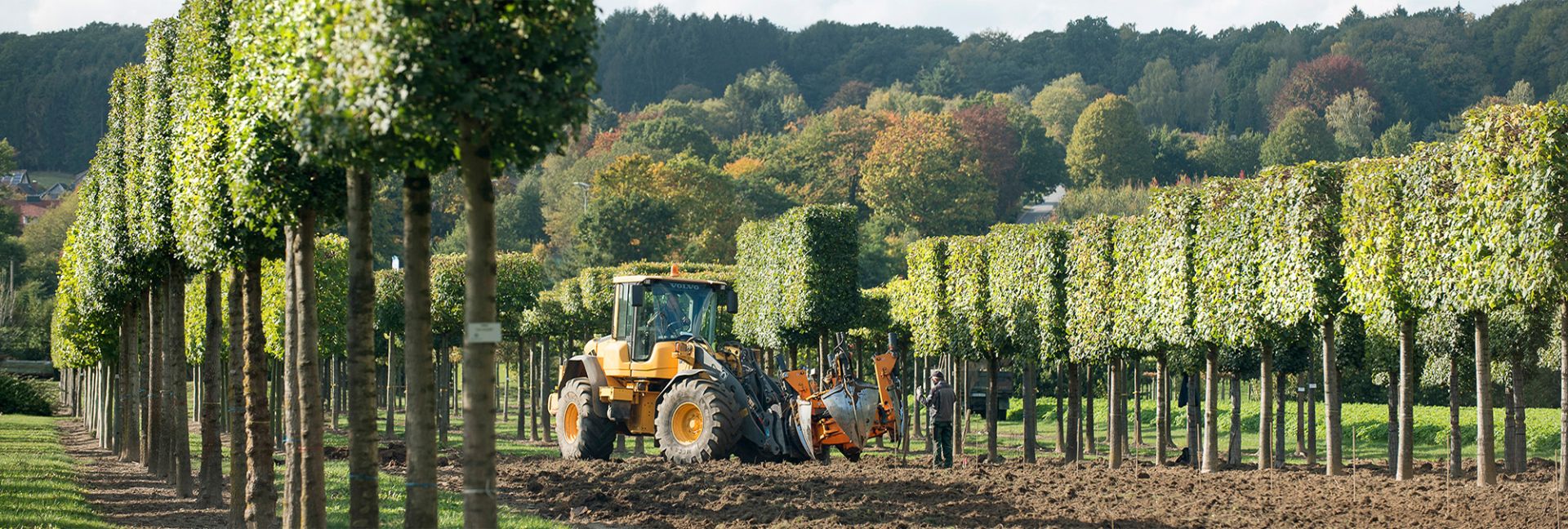
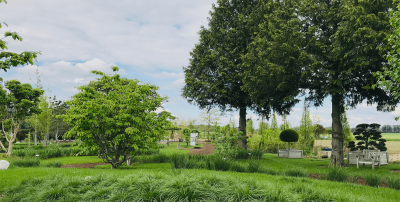
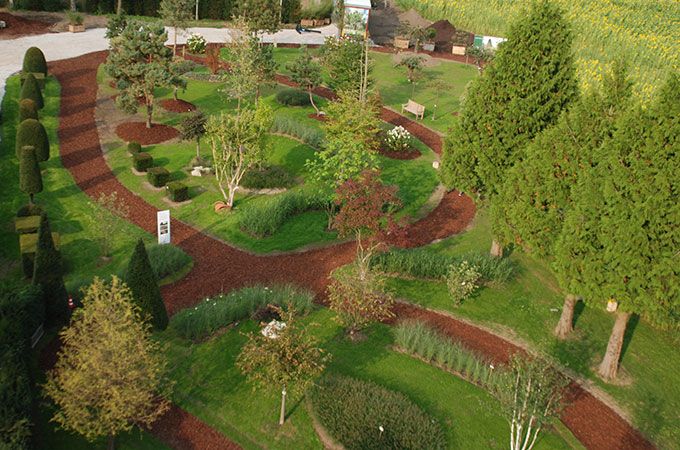
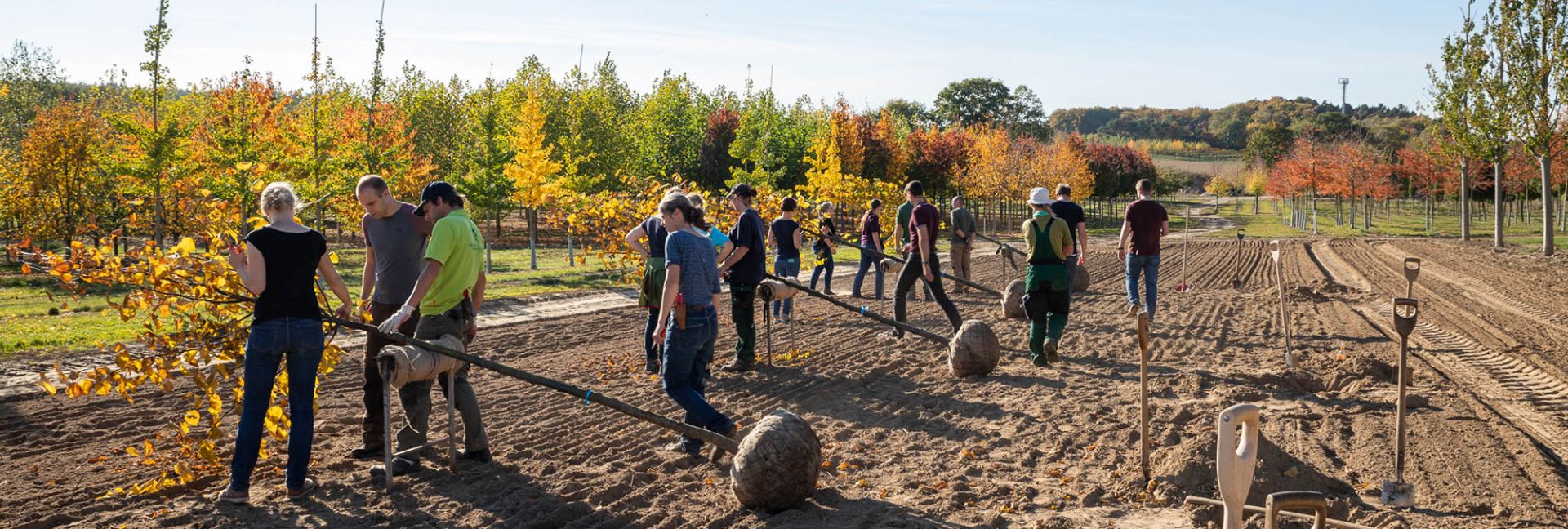
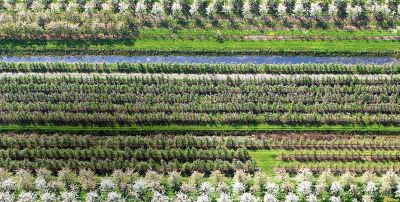
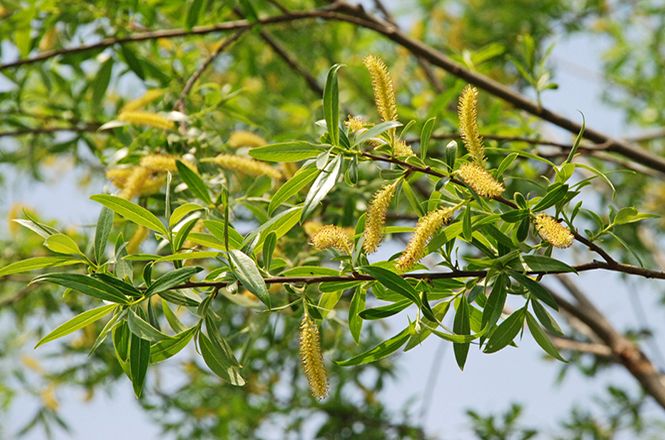
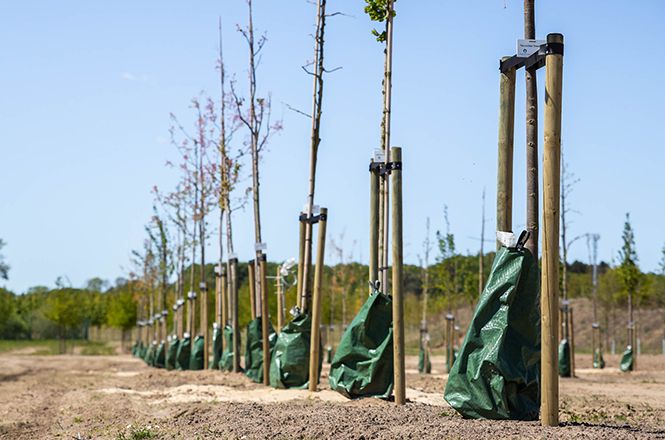
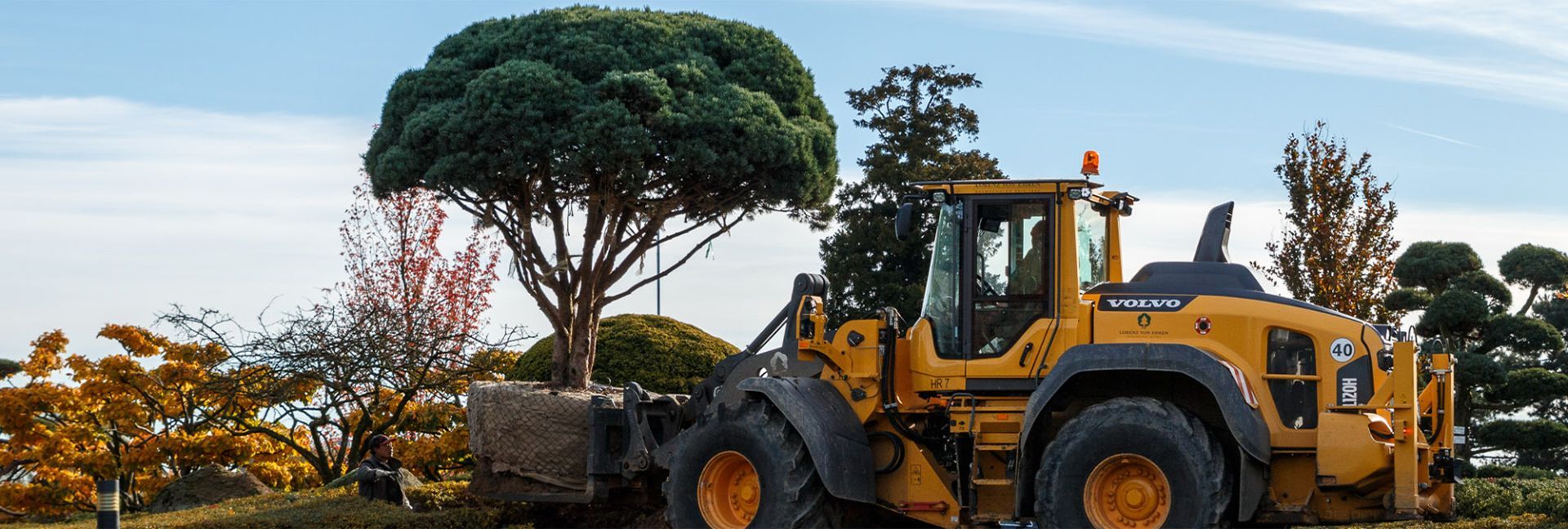
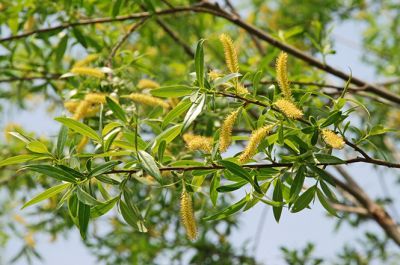
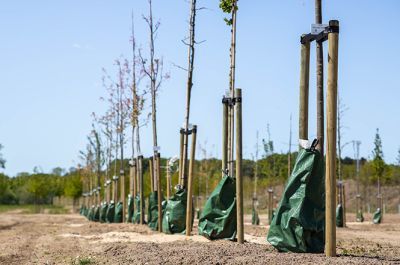
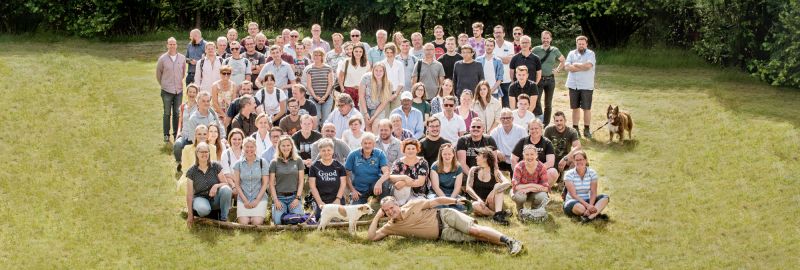
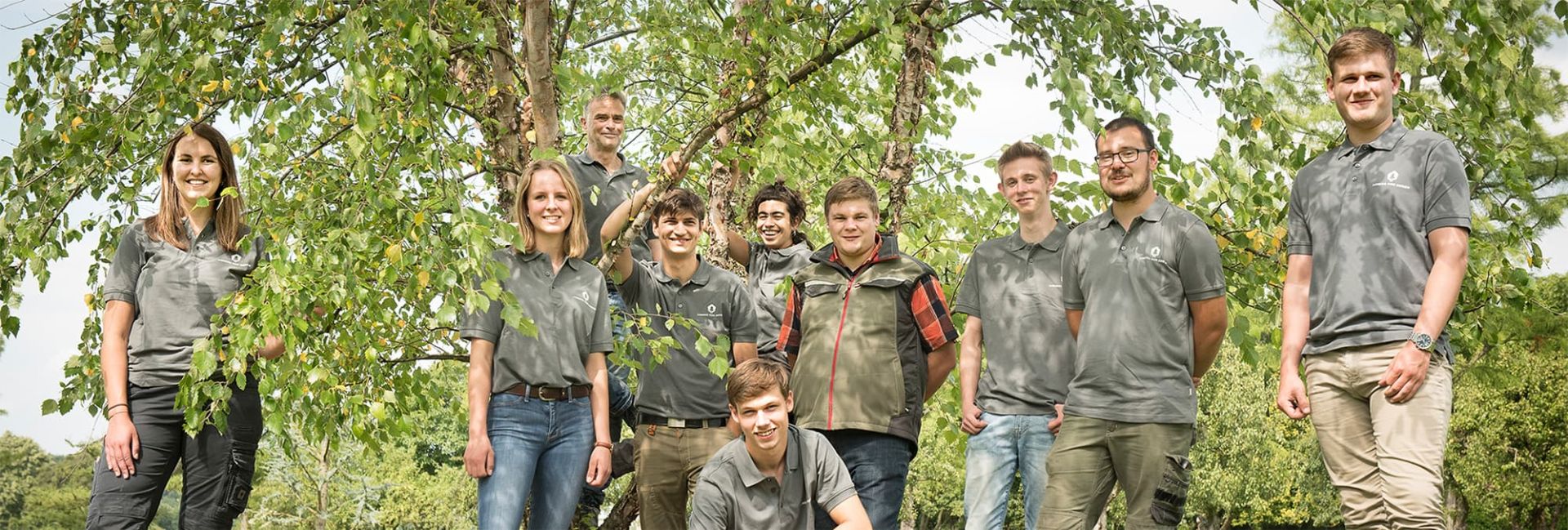
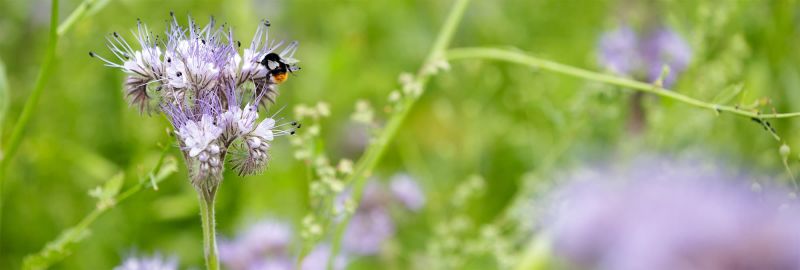
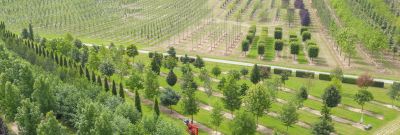
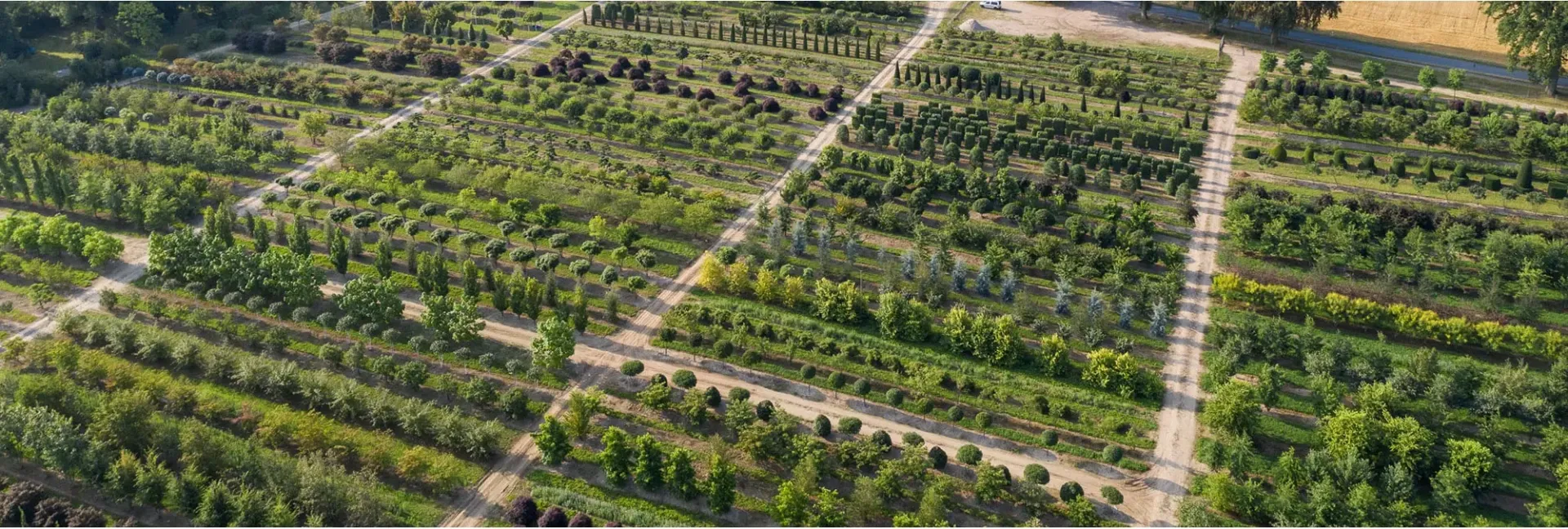
_400x400.webp)
